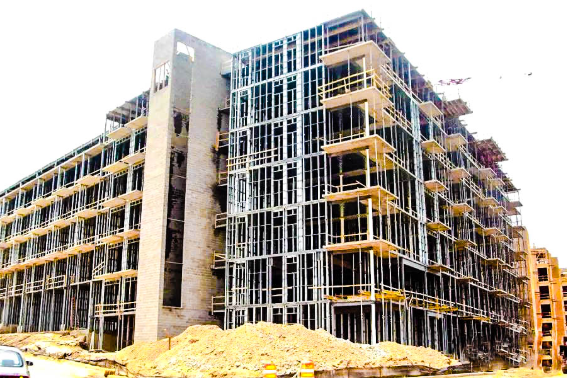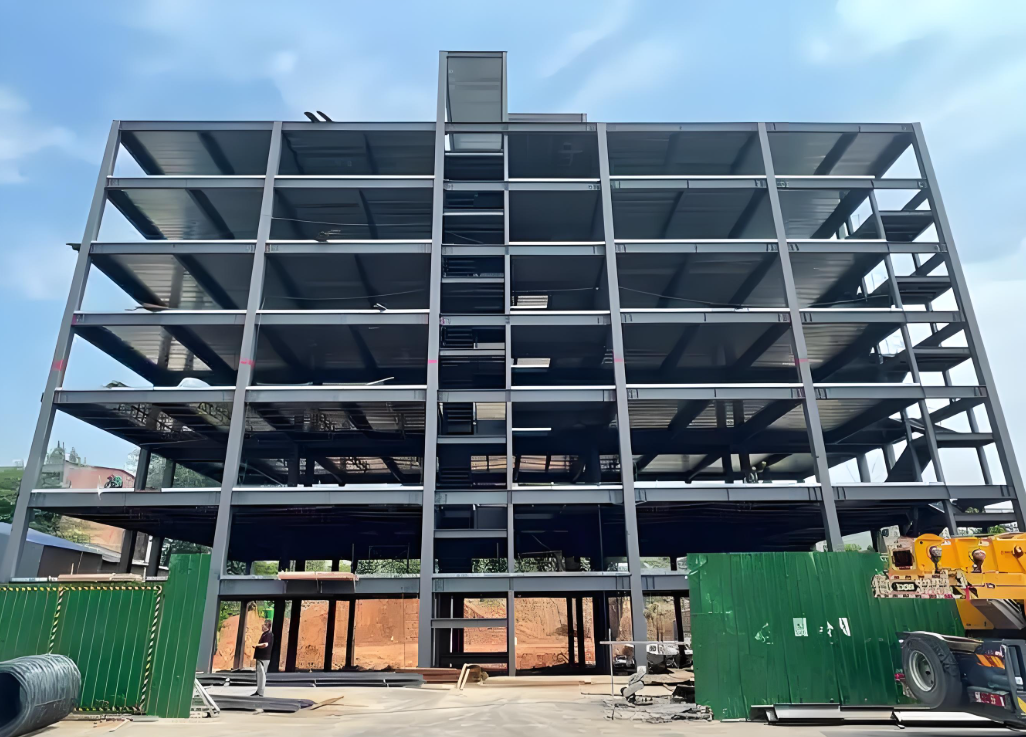Steel Structure Workshop

Taking a tour of industrial parks, you’ll notice many workshops characterized by their tall, large, and spacious steel structures. Modern industrial workshops predominantly adopt steel structure buildings, which offer advantages over traditional brick-and-mortar constructions.
Construction Process of Steel Structure Workshops
Land Use Permit: Whether in China or abroad, the first step in constructing a workshop is verifying land use rights to ensure legal compliance.
Site Assessment: Evaluate surrounding environmental factors, terrain, and topography, and collaborate with clients to finalize preliminary design plans.
Production: After finalizing the design drawings, the factory begins production on industrial assembly lines, ensuring uniformity and quality control across all steel components.
Transportation and Installation: The fabricated steel components are transported to the construction site for assembly and finishing. This "production-assembly" model significantly reduces construction time, labor costs, and on-site waste, aligning with modern eco-friendly and energy-efficient practices.
Acceptance Inspection: Upon completion, quality supervision departments inspect the steel structure workshop to verify compliance with standards before final handover.
These five steps highlight the advantages of steel structure workshops: cost-effectiveness, energy efficiency, safety, and environmental friendliness, making them the preferred choice for factories, warehouses, offices, stadiums, aircraft hangars, and more.
Quality Challenges in Key Processes
Among the manufacturing stages, special and critical processes are prone to quality issues, while general processes rarely encounter problems.
Welding Process
As a concealed process, welding is one of the most error-prone stages. Statistical data from a company’s 2004 quality report shows that:
Weld defects account for over 80% of rework cases, primarily due to slag inclusions, lack of fusion, or porosity.
Approximately 10% of issues stem from improper operations or technician errors during preceding processes.
Such defects require professional inspection tools to detect and assess.
Coating Process
Another concealed process, coating primarily affects building functionality rather than structural integrity. Common quality issues include:Large-area or localized paint film peeling.
Sagging, insufficient thickness, uneven distribution, or significant color variation in coatings.
Assembly Process
This critical stage significantly impacts component quality and is highly sensitive to errors in prior processes. Key issues include:Positioning errors (e.g., installing a 3,450mm component as 4,350mm).
Component misplacement (e.g., using part #3 instead of #2).
Incorrect orientation (e.g., holes on a plate facing inward instead of outward).
Excessive gaps between components (e.g., 7mm instead of 3mm).
Assembly without correcting pre-existing deformations.
Unauthorized modifications by workers leading to oversized holes.
Lack of surface preparation in welding zones.
Errors caused by incorrect design drawings.



